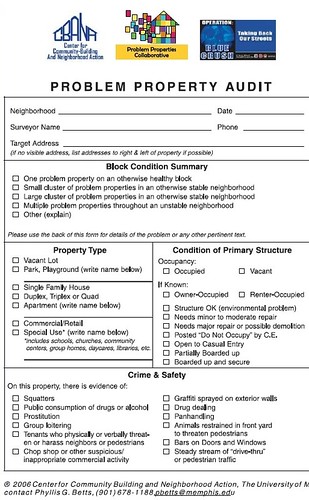Protest tonight (Monday): proposed demolition of 1841 16th Street NW
From email:
In case you have not heard, the District is proposing to demolish the historic 1890's home on the corner of 16th and T. Demolition will reward the owner who has neglected the property for years. If you are committed to preservation of historic properties, come join your neighbors:
Monday June 15 at 7:00 pm
16th and T Streets, NW
Individual voices are often dismissed but many united voices with press coverage will create the pressure for the best solution -- preservation -- not the cheapest solution.
This is in response to a demolition by neglect case, which is discussed in the article "Call for demolition brings debate," on page 1 of the June 10, 2009 issue of the Dupont Current.
The commentary on the e-list (Historic Washington) that I took this from started with this:
Note that this issue -- Demolition by Neglect -- seems to be uniting those who previously fought designation for other buildings. Interesting how most demolition by neglect cases like a recent one in Eckington don't cause such protests. Probably because it takes someone to organize them and buildings from the 1890s are often perceived to be more historic than ones from the 20th century.
------------------
Here's my response to the comparison between the Eckington case, which I wrote about in ""Why I hate DC" or the appropriate tactical strategy to apply to nuisance properties/ disinvestment is investment, not demolition" and this one:
I think it's a stretch to equate the situation in Dupont Circle with the one in Eckington. Not because the cases are different per se, but because one community has a long history of involvement in historic preservation, a designated historic district, a greater recognition of the value of historic preservatio, and a neighborhood historical organization tasked with oversight of the historic qualities of the district, and the other neighborhood, Eckington, lacks all those qualities.
Without the social and organizational infrastructure to build and maintain support for historic preservation and an awareness of what it means and why it is important, it's hard for one particular situation to rise above and trigger broader concern, especially if other institutions, both the local Councilmember office as well as the District Government and the various agencies, aren't supportive.
Clearly, the Mayor's Neighborhood Service Coordinators and the overall Office need some remedial education in the values of potentially designatable historic buildings, and how to go about the stabilization of properties built before 1930, and how certain actions stabilize and improve neighborhoods, rather than contributing to destabilization through demolition.
By way of comparison to the Meads Row loss on H Street, there have been historic preservation efforts in the H Street neighborhood, off and on, since 2001. I would argue that the Main Street commercial district revitalization effort displaced energy on straight up preservation, but helped keep up interest. But even the H Street neighborhood has the value of the proximity to the Capitol Hill Historic District as an example, and to CHRS as an example and as a supportive organization. Further, CHRS's defined interest area includes the areas north and east of the historic district--north up to Florida Avenue, thereby including all of the H Street neighborhood. And part of both ANC6A and 6C lies within the CHHD, and therefore the ANCs deal with historic preservation matters, even if the area north of F Street NE isn't designated.
So the issue becomes how to focus, in a systematic way, on building broader support and a program and infrastructure for supporting and developing preservation ethics and protections in areas that aren't currently designated.
Related to my earlier post about the necessity of interpretation and outreach plans for extant historic districts, neighborhoods that are eligible for designation should be assisted in the development and implementation of interpretation and outreach plans focused on maintaining and extending the qualities of neighborhood livability and historic preservation.
And while the base of remedies is pretty limited in DC law, non-designated neighborhoods can develop lists of properties that are being neglected, and work to get the nuisances cured by restoring the building rather than through demolition.
I recommend the University of Memphis problem property audit survey form as a tool for neighborhoods to use to get a handle on problem properties.

Form copyright the University of Memphis.
Labels: building regulation, historic preservation, neighborhood planning



0 Comments:
Post a Comment
<< Home